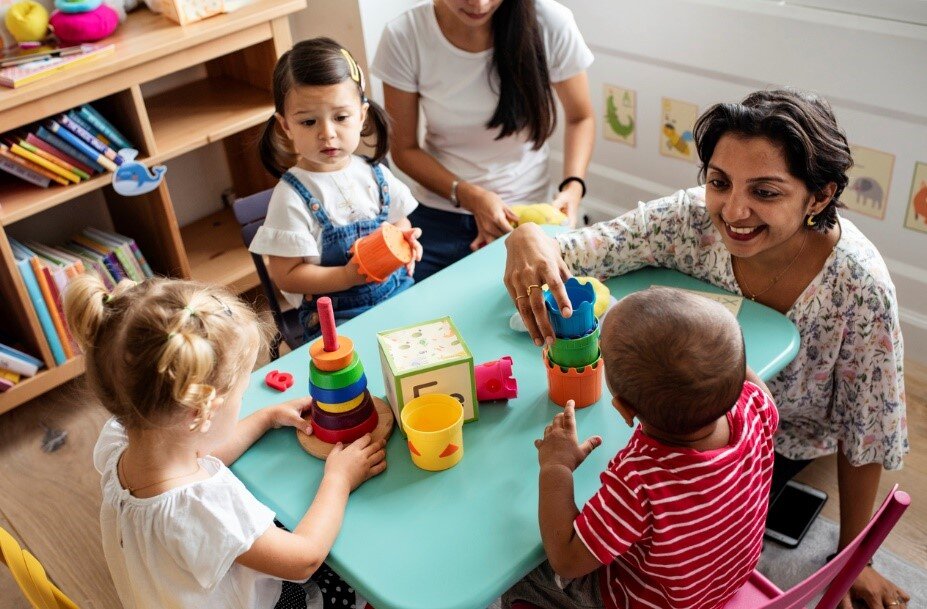If you are a parent of young children or a daycare provider, you definitely have plenty of experience with toddlers and know what makes them tick. Even so, trying to engage them in learning may be a little tricky. Toddlers are so full of energy and are learning their emotions, even going through the infamous “terrible twos” in most cases. They also learn the word “no.” Being strong-willed, they will likely say it often.
However, there is a way to channel their energy and unyielding nature to help you get them engaged. We have a few strategies you can utilize to help young learners be engaged while learning. Learn more on this topic by reading our suggestions below.
1. Be Concise
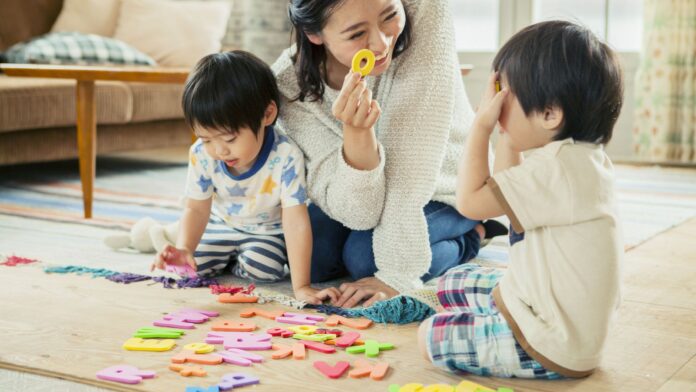
Did you know that the average attention span for a two-year-old is between 3-6 minutes. It is about 8-10 minutes for three-year-old children. Since toddlers can’t focus for a long period of time, it’s important to make every minute count. So, here’s a good tip: transition into a new activity every 10 minutes.
If you have to do a longer activity, be sure to break it up into smaller steps and take breaks in between to keep children focused. Just be mindful that children’s attention spans will vary depending on the activity they are engaging in. There are some activities where their threshold is just a few minutes, while others may hold their attention for much longer. As long as you are flexible with your planning, things should go well.
2. Hands-On Is Key
Young children love using their senses, especially their sense of touch. It is how toddlers discover things around them. Ultimately, toddlers are developing their motor skills and using their hands help them build these vital skills. That said, you’ll certainly want them to have several opportunities to engage in hands-on activities such as playing with clay, touching wooden blocks, or feeling board books with different materials.
3. Move Around

Believe it or not, moving is learning. You’ve surely noticed that young children instinctively spin or run around, jump up and down, and like to clap their hands. Doing these movements means they are making essential connections in their brain. That is why music is such an advantageous element to incorporate into your learning activities. It will help children focus more and remain engaged.
4. Repetition for the Win
Speaking of music, are there songs your child wants you to sing or play on a device multiple times a day or week? Well, that’s actually a positive thing. It may not feel like that for you, but it is actually a vital part of their development. Repeating information like the “ABC’s” song definitely helps children learn and it also helps them gain confidence in their knowledge. So go all in on repeating patterns and sounds to help children retain new things they have learned through all the repetition.
5. Embrace their Interests
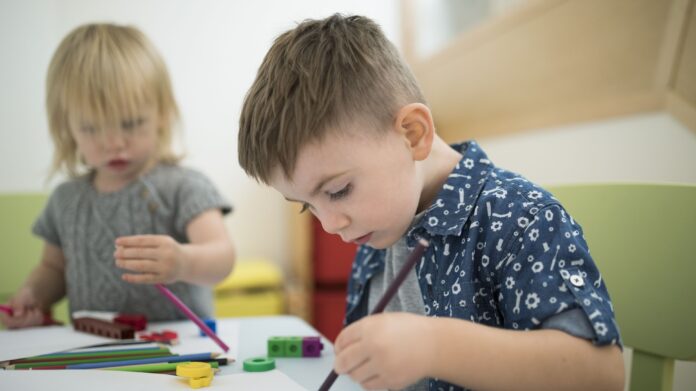
There are times young children are so focused on one thing that it can be difficult to get them interested in something else. If you want them involved in other activities, your best bet would be to use what they love to your benefit. Whether they are really into dinosaurs or princesses, you can find ways to get creative in bringing their interests into activities to eventually get them interested in something different.
6. Let Them be a Helper
Toddlers truly enjoy helping others because it makes them feel valued. By giving children a task, it helps them feel they have a big role to play and encourages them to also take ownership of their own learning. You can achieve this by turning an activity into a game or you can just ask them to pass you certain items that you are subtly teaching them about. It could be a recognition activity but they are so focused on helping you by passing you those items that they don’t even realize you are explicitly teaching them a lesson.
7. Give Them a Choice
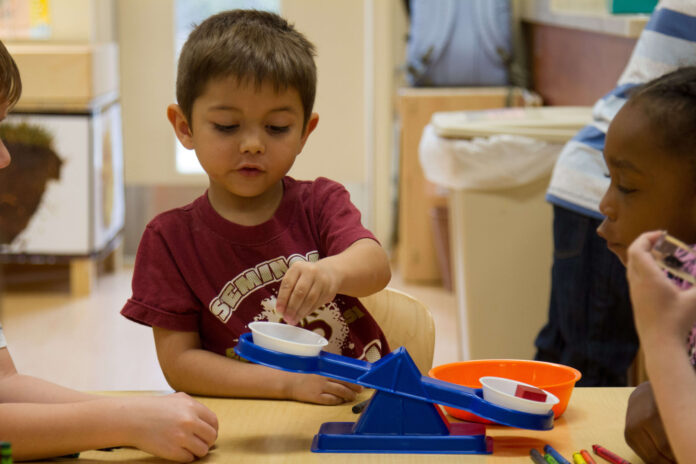
Aside from helping, toddlers love to be given choices. Yes, even the most strong-willed children will likely comply when you give them choices. Therefore, you’ll want to design learning activities where children can make choices. These can be as simple as what color of crayon to use or what daycare lunch they want.
8. Utilize Color
Just like color makes the world beautiful, color makes learning fun. Having colorful wall decor including letters and pictures is one part of that excitement for toddlers, but there are tons of lessons one can do to teach about colors, which toddlers love. A favorite activity among young learners that will surely keep them engaged for a long time is finger painting for color recognition. It is messy, which is another feature most toddlers love, but letting children dip their fingers into finger paints is a wonderful learning activity that will keep toddlers wanting more opportunities to paint. As the children spread each color, name the colors. Once their masterpiece dries, you can go on a scavenger hunt around the class to look for items matching the colors used in the painting. You can even show and tell them about different shades of each color.
9. Use Positive Reinforcement
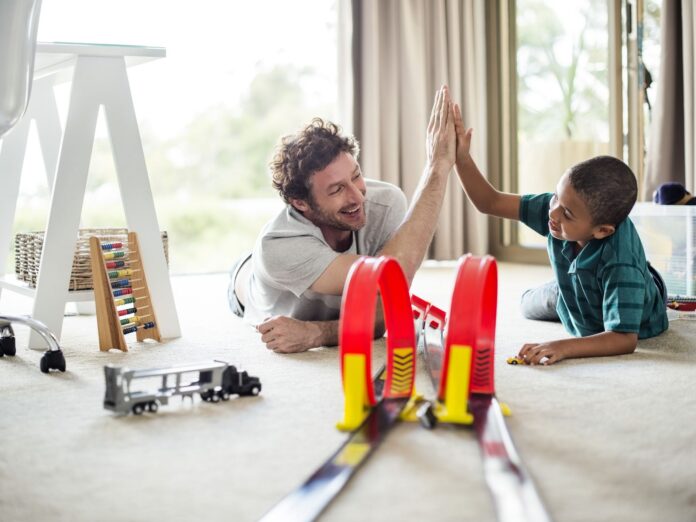
Most young children are building confidence in themselves and their abilities little by little. By offering them positive reinforcement, you not only help toddlers build confidence in themselves and their abilities but you also open them up to be more willing to learn new things. Positive reinforcement is not considered praising children for everything they do. Rather, this involves positive phrases you say to them, such as “You can do it!” or “I like the way you drew that house.”
10. Show Enthusiasm
Think about children’s songs and shows. Have you ever seen characters speak in a monotone voice? Never, right? Well, that’s because enthusiasm keeps them focused and happy. If you show your excitement over something, toddlers and preschoolers will show it back. So make sure you are as enthusiastic as you can be when you are singing the alphabet song or the number song. Show them your smile and you will have a room full of captivated toddlers.
11. Give them a Break
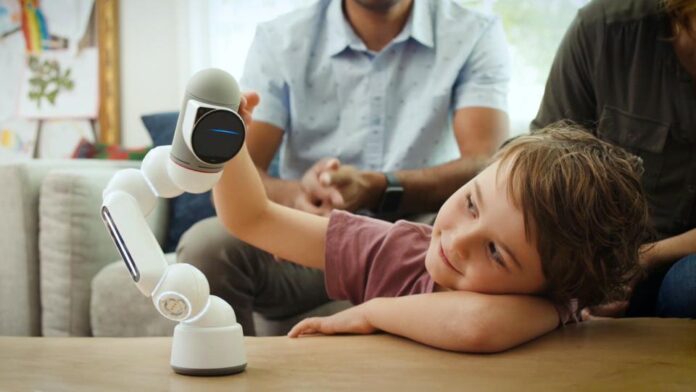
The average toddler needs 12-14 hours of sleep a day. It is important to keep that in mind so you don’t overstimulate them. If you see they are getting to that point, play some soft music or read a story before naptime. This will allow them to recharge and be ready to learn even more when their nap is over.
Did you like these strategies to engage young learners? There are so many ideas out there on how you can achieve keeping toddlers having fun while learning without them even realizing they are learning. Check out our site for some things we are doing to keep engagement up among our toddlers.

